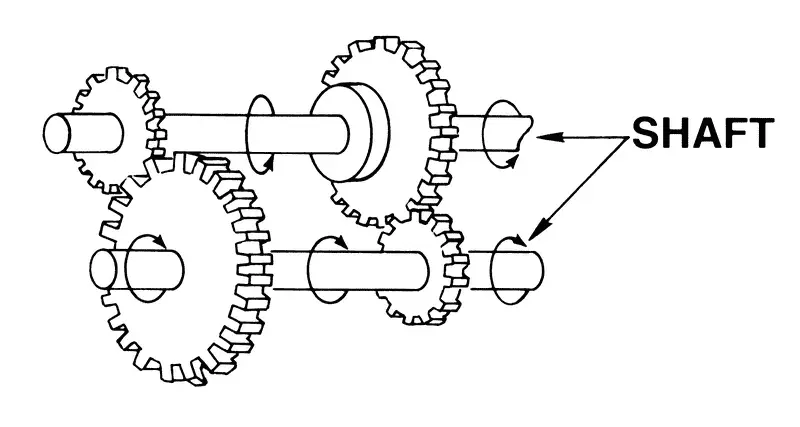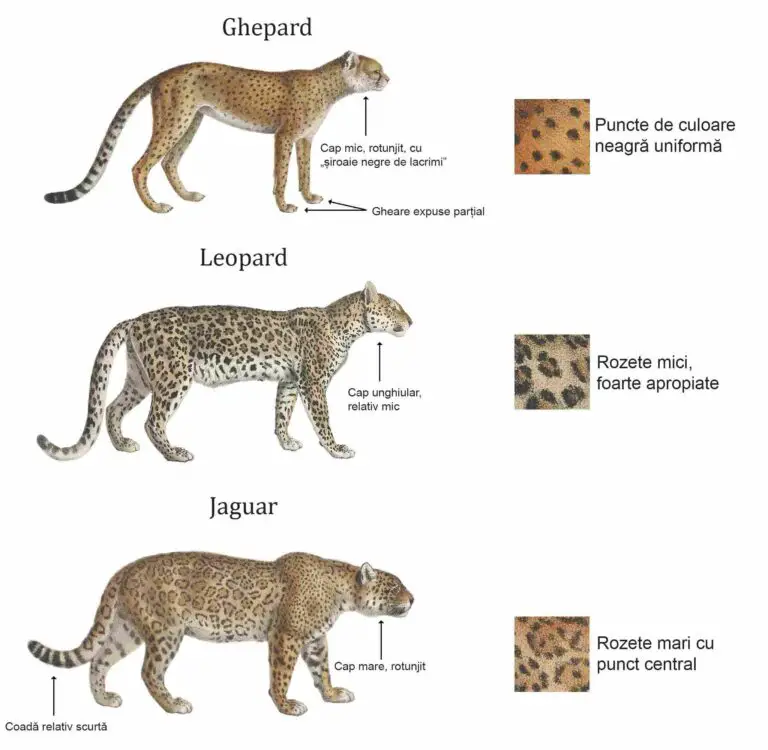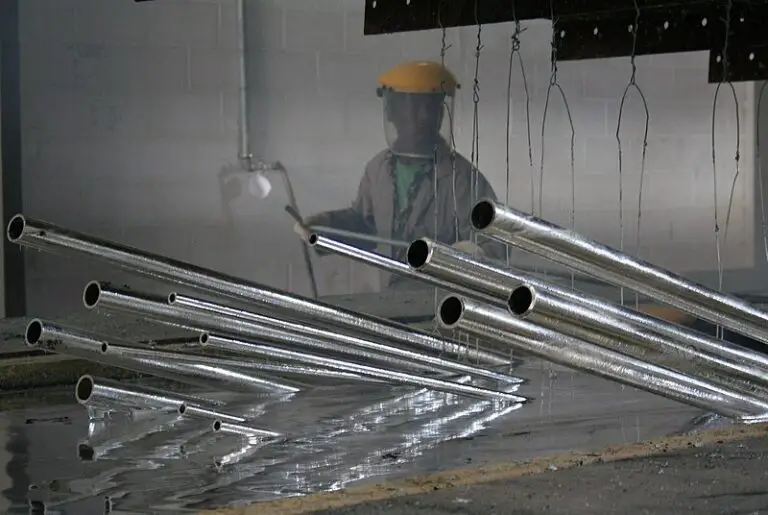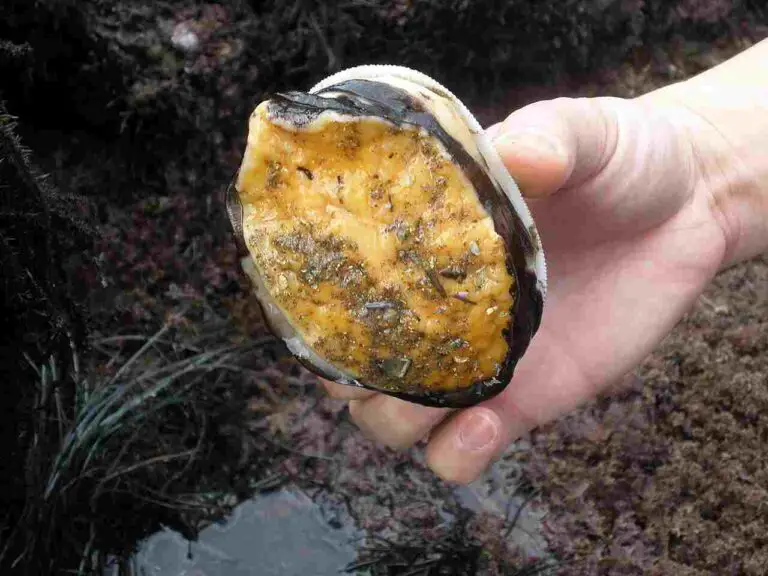5 Examples of Energy Transfer Explained
Examples of energy transfer are; organic feeding, geothermal heat convection, rotary mechanical energy transfer, solar radiation, and mechanical collision.
This article discusses the examples of energy transfer, as follows;
1). Organic Feeding (as one of the Examples of Energy Transfer)
Organic feeding is the natural mechanism by which energy is transferred from one living organism to another in an ecosystem.
It is important to note that organic feeding falls under the chemical type of energy transfer.
The pathway of energy transfer by feeding is multidimensional, because feeding relationships between organisms can be both simple and complex at the same time.
Two models that effectively describe the transfer of nutrients and energy through feeding are; the food chain and energy pyramid.
These models group organisms based on feeding relationships and habits into; producers, consumers, decomposers, herbivores, carnivores, omnivores and so forth.
Food chains are particularly useful to show the multidimensional nature of bioenergy transfer through feeding, because they connect to other food chains to form what is known as a food web [3]. Food webs show how any organism can rely directly or indirectly on another organism for survival in an ecosystem.
Types of feeding relationships in ecosystems are; mutualism, commensalism, parasitism and predation [5].
2). Geothermal Heat Convection
The transfer of geothermal energy refers to mechanisms by which heat moves from one point to another in the subsurface.
Like other forms of thermal energy, geothermal heat transfer occurs through radiation, conduction and convection.
Among these transfer mechanisms, convection is very important because it ensures that heat is continuously circulated within a geothermal system.
Convection occurs by the alternate rising and descending of fluids due to changes in density by heating and cooling respectively; where heating makes the fluids lighter and cooling makes them denser.
Many modern geothermal technologies such as heat pumps, rely on convection to extract and circulate geothermal energy from geothermal reservoirs [4].
Geothermal heat convection can also be used to understand various processes that occur in the Earth's crust [6].
3). Rotary Mechanical Energy Transfer (as one of the Examples of Energy Transfer)
Mechanical energy transfer is a type of energy transfer involving forces that induce or alter motion in bodies.
Rotary mechanical energy is mechanical energy whose dynamics are defined by the exertion of angular forces called torque, and which caused the rotation of a body.
Rotary mechanical energy transfer can be used to describe any process or system in which rotation is induced in a body due to contact with another, energized body.
A classic example of the transfer of rotary mechanical energy can be observed in all kinds of turbines, including wind, steam, gas and hydro turbines. Here, the rotation is transferred from a spinning body like the rotor of the turbine, to an attached component like the shaft.
Rotary mechanical energy transfer plays a role in all systems that use mechanical rotation to generate electricity.
Other technologies that depend on rotary components for their operations, also use rotary mechanical energy transfer. Examples of these include overhead cranes [2].

4). Solar Radiation
Solar radiation is a form of electromagnetic energy transfer whereby ultraviolet and visible light rays are transmitted from the Sun toward surrounding planets that include the Earth.
Both heat and light are transmitted through solar radiation. The ozone layer acts as a protective cover for the Earth, from some harmful components present in solar rays.
Solar radiation is particularly important because it is responsible for the origin and potency of virtually all energy resources on Earth, including fossil fuels and biomass.
The understanding of solar energy transfer by radiation is important for the advancement of renewable energy, since solar technologies like organic solar cells, solar panels and concentrators are very prominent in the field of renewable energy development.

5). Mechanical Collision (as one of the Examples of Energy Transfer)
Mechanical collision is a classic example of energy transfer in dynamic systems.
The types of energy that are at play in a collision between two or more bodies are; kinetic, potential and mechanical energies.
Kinetic energy is transferred into the body with less momentum, from the body with higher momentum. This usually results in acceleration or change of position, of the body which originally had lower momentum.
Potential energy is also transferred during collisions, meaning that in total, collisions lead to transfer of potential, kinetic, mechanical energies, and velocity.
Energy is lost in a mechanical collision if some of it is not completely transferred from one body to another. Such lost energy is often observed in the form of frictional heat or inelastic deformation [1].
Mechanical energy is the motion induced in bodies that have been involved in a collision. The overall mechanical energy of a system after collision increases if induced motion is higher than initial motion, and decreases is it is lower.
Conclusion
Examples of energy transfer are;
1. Organic Feeding
2. Geothermal Heat Convection
3. Rotary Mechanical Energy Transfer
4. Solar Radiation
5. Mechanical Collision
References
1). Chi, H.; Gong, B. (2020). "Analysis of Energy Conversion Law in Vehicle Collision Accident." Journal of Physics Conference Series 1486(7):072014. Available at: https://doi.org/10.1088/1742-6596/1486/7/072014. (Accessed 19 March 2023).
2). Ge, Z.; Tong, Y.; Zhong, M.; Li, X. (2019). "Study on the measurment of hoisting mechanism efficiency for bridge crane." Journal of Physics Conference Series 1345(6):062007. Available at: https://doi.org/10.1088/1742-6596/1345/6/062007. (Accessed 19 March 2023).
3). Hui, D. (2012). "Food Web: Concept and Applications." Nature Education Knowledge 3(12):6. Available at: https://www.nature.com/scitable/knowledge/library/food-web-concept-and-applications-84077181/. (Accessed 19 March 2023).
4). Jalili, P.; Ganii, D. D.; Nourazar, S. S. (2018). "Investigation of convective-conductive heat transfer in geothermal system." Results in Physics 10(15). Available at: https://doi.org/10.1016/j.rinp.2018.06.047. (Accessed 19 March 2023).
5). Leung, T. L. F.; Poulin, R. (2008). "Parasitism, commensalism, and mutualism: Exploring the many shades of symbioses." Vie et Milieu 58(2):107-115. Available at: https://www.semanticscholar.org/paper/Parasitism%2C-commensalism%2C-and-mutualism%3A-exploring-Leung-Poulin/edda01132f79d44d03dca5faa6faf61d1cac218b. (Accessed 20 March 2023).
6). Ranalli, G.; Rybach, L. (2008). "Heat flow, heat transfer and lithosphere rheology in geothermal areas: Features and examples." Journal of Volcanology and Geothermal Research 148(1):3-19. Available at: https://doi.org/10.1016/j.jvolgeores.2005.04.010. (Accessed 20 March 2023).




